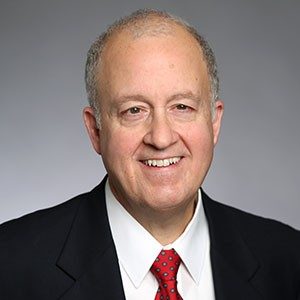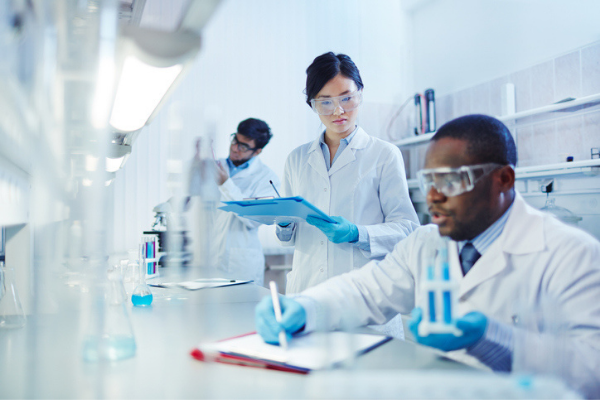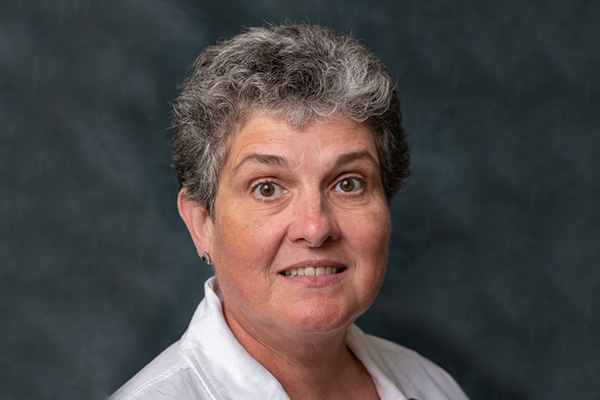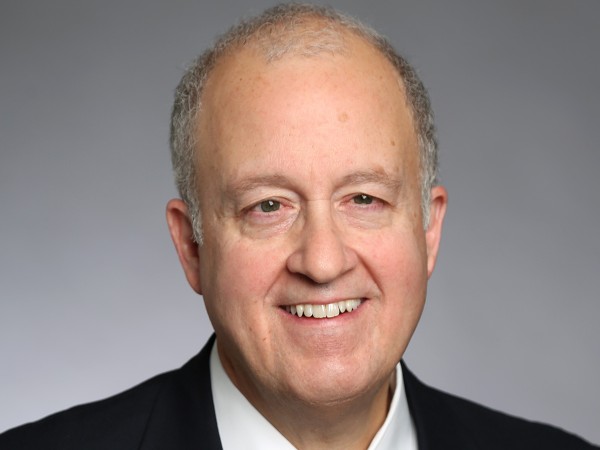
Chemists deal with change all the time. We try to design chemical reactions that will form new molecules. We measure the extent and rate of changes observed in our laboratories. Unexpected or unnoticed changes occur more than one would expect.
Many incidents occur during procedures that have been carried out previously without problems. In manufacturing, incident reviews often reveal that several changes have been made in the manufacturing procedure. Good manufacturing management requires documentation of any changes made in a procedure. Who must approve a change? Why was the change made? Improper or incomplete maintenance work or modification of equipment can result in an incident.
Laboratory work is usually less controlled than manufacturing procedures. Most of us have followed experimental procedures designed by another person. A new experimenter may not interpret the directions correctly. Maybe English is not the native language, or the researcher is not familiar with the procedure or the chemistry involved. Changing the scale of a reaction has been a probable cause in some of the recent highly publicized laboratory incidents. Procedure modifications can produce undesired results.
For example, from the very beginning of their widespread use, contact lenses were generally prohibited in chemistry labs. During the 1990s, chemical safety professionals changed their thinking about contact lenses. What changed? First, some fire department unions challenged the prohibition in their work rules, claiming that switching to glasses before donning full-face respirators compromised the safety of the first responders. Other safety organizations, including those in ACS, looked for data justifying the ban on contact lens use. Anecdotal stories could not be validated with appropriate documentation. Lab safety policies changed to allow the use of contacts in labs if the appropriate eye protection guidelines are followed.
Changes in the lab environment can also result in incidents. Are there other hazardous materials nearby? Is the background noise level higher than normal? Could a researcher have been distracted while setting up the experiment? Was the researcher talking with someone at the time?
Has a work colleague ever said, “I have been doing this reaction for years without any problem”? We are not the same person that we were years ago. As people age, their eyesight may decline (wearing bifocals, having cataracts), there may be some hearing loss, and the sense of smell may diminish. Hand and arm strength may decrease; the speed of reaction may decline. I have noticed that my ability to stand still at a bench or hood for long periods of time has decreased significantly.
We can use our understanding of change within science to educate non-scientists. At the start of the COVID-19 pandemic, public health agencies recommended not wearing face masks. This recommendation may have been influenced by an anticipated shortage of masks, but the agencies were unconvinced of the value of the public wearing masks. Eventually, there was general agreement among the medical experts that wearing face masks is an effective way to minimize infection. The science changed our opinions about masks.
In many incidents occurring during established procedures, something has changed. Find the change and you have found a possible cause on the incident. When reviewing incidents that happened during established procedures, be sure to inquire about any modifications in the procedure. Look for changes that have not been documented but are effectively changes in practice. Check the personal knowledge and experience of the person who experienced the incident. Was there any substitution of reagents or solvents? Were there any changes in equipment or suppliers of reagents?
The lesson for all of us is the same in the lab or in life; be careful even when carrying out familiar procedures. Always look for what has changed.
The opinions expressed in this article are the author's own and do not necessarily reflect the view of their employer or the American Chemical Society.
Copyright 2020 American Chemical Society (All Rights Reserved)






